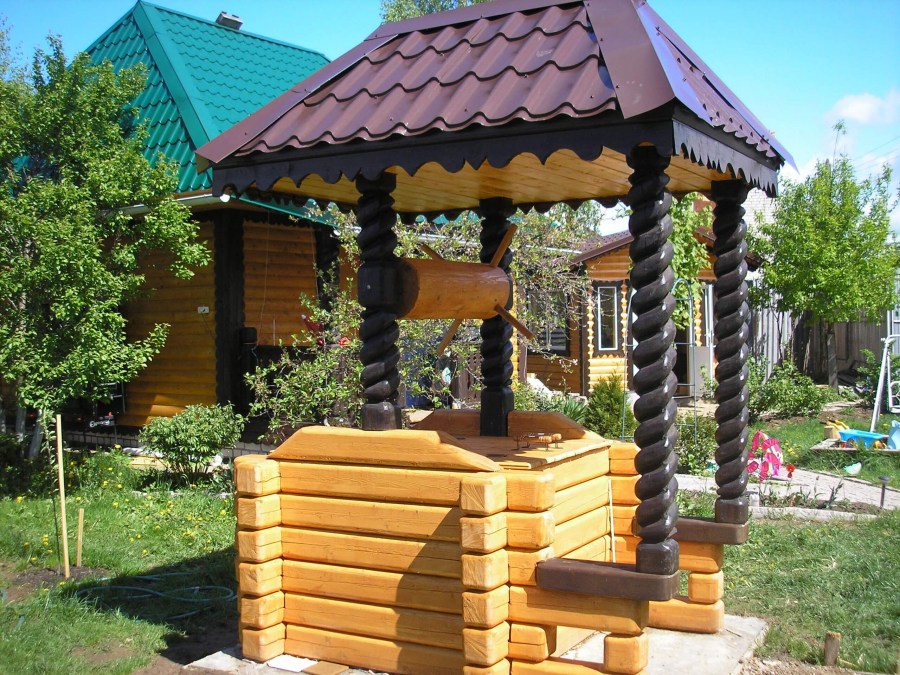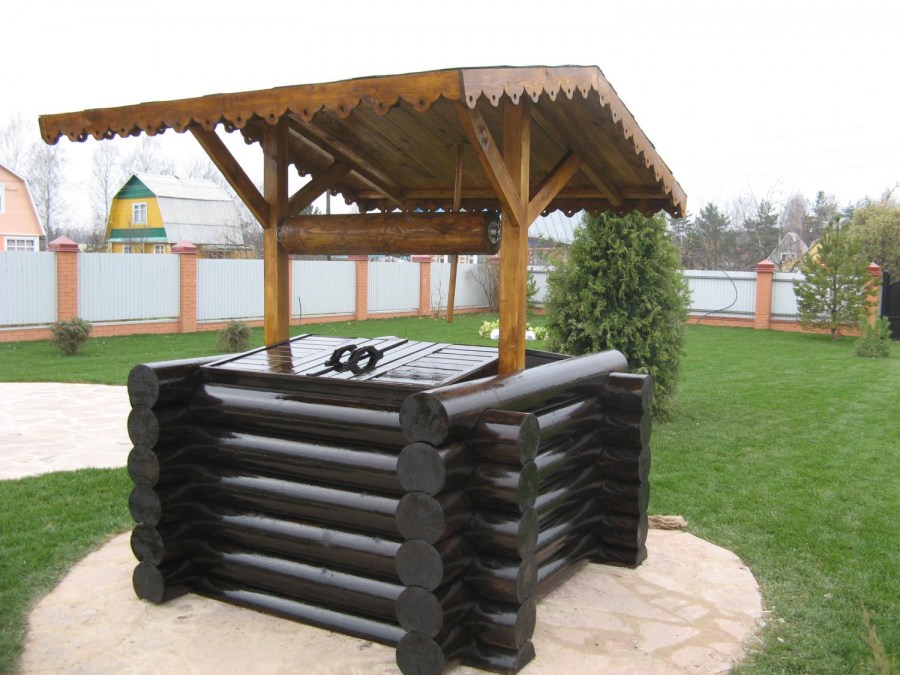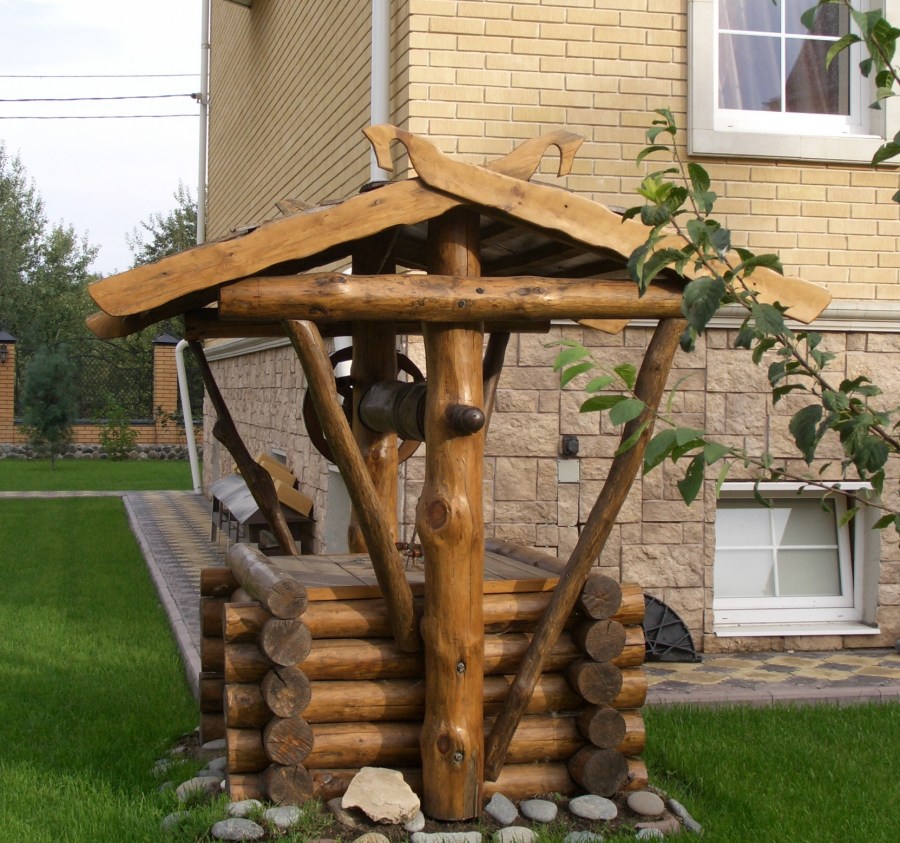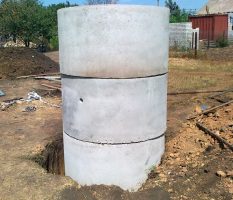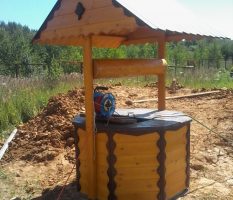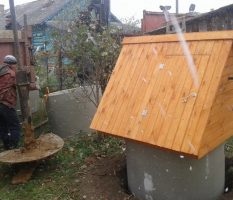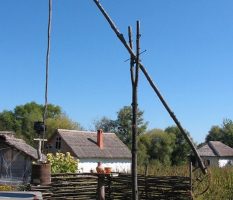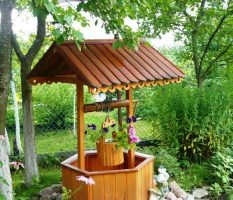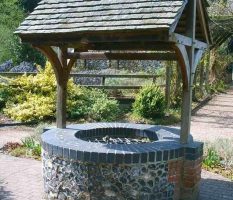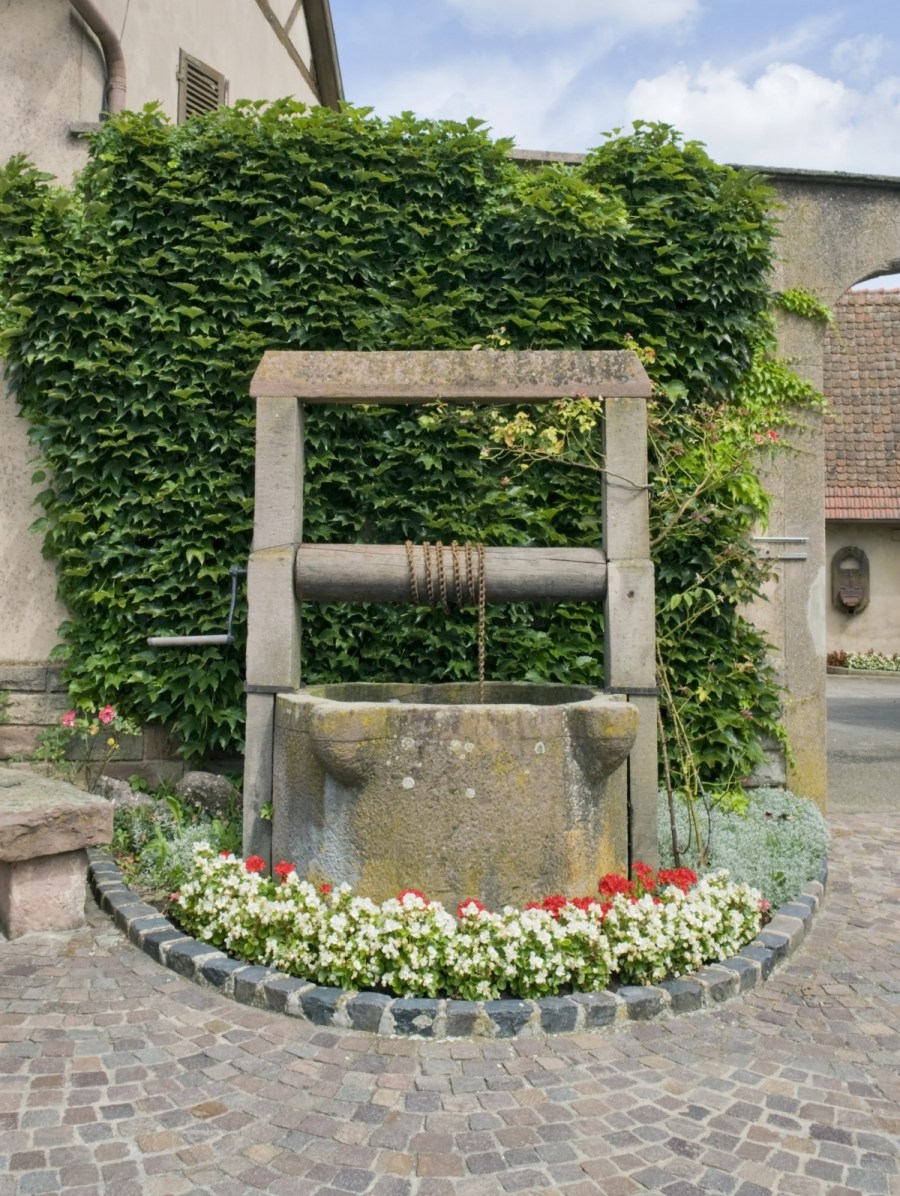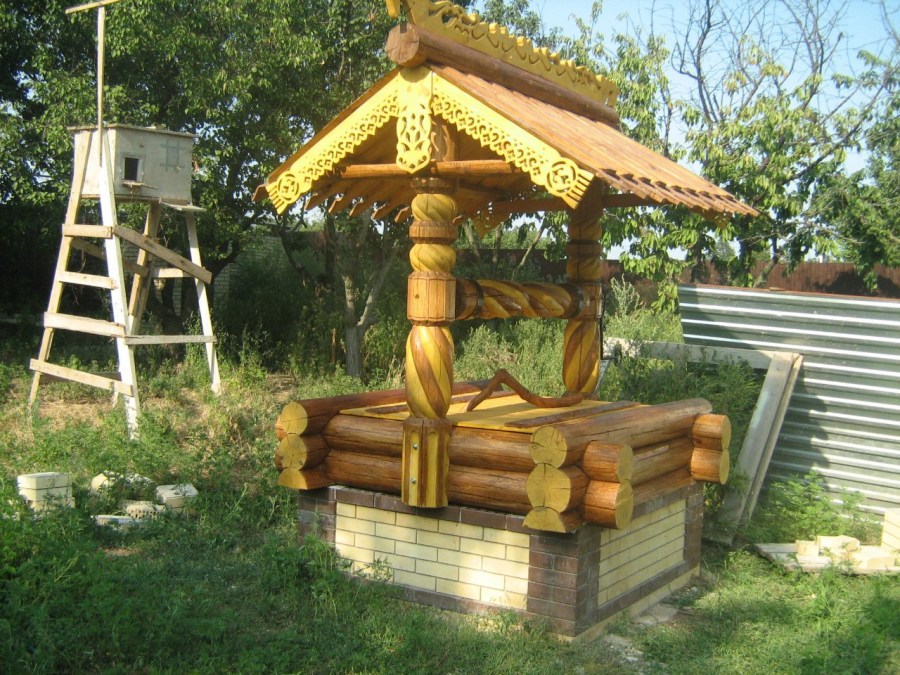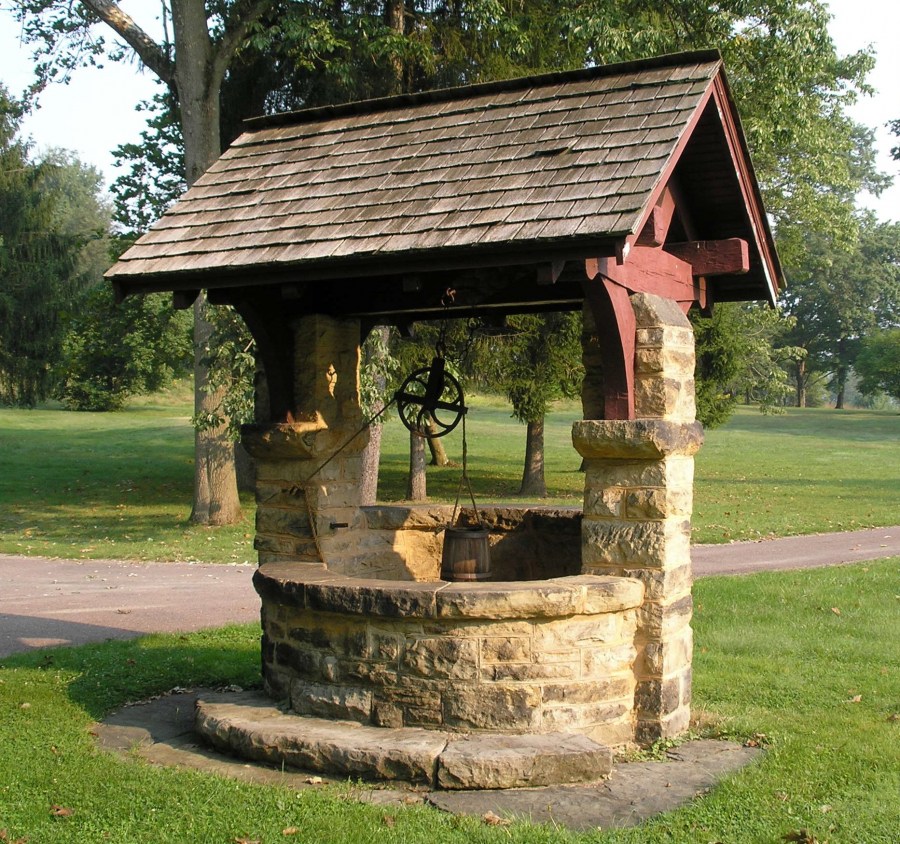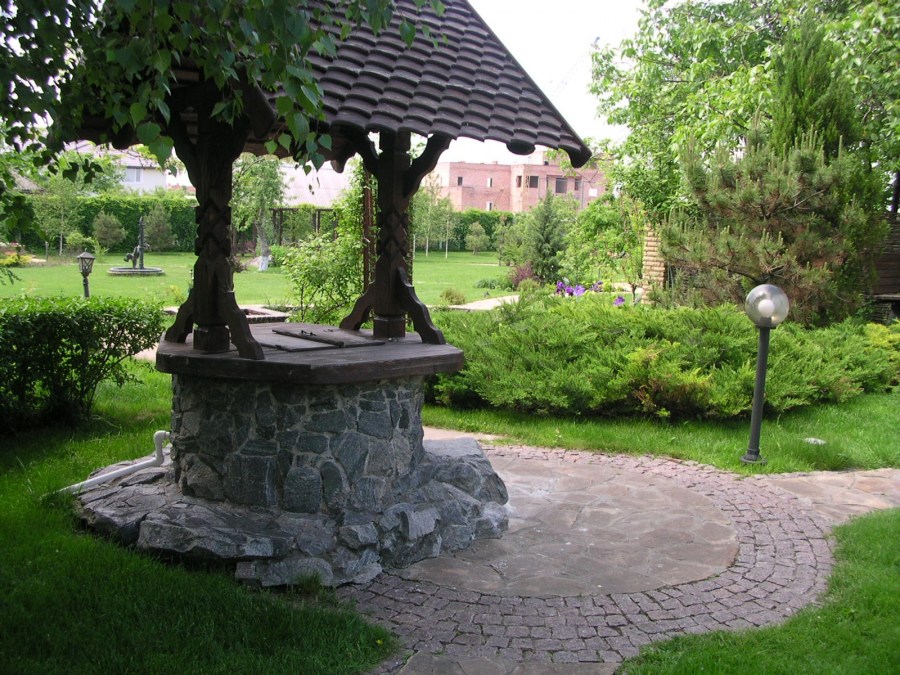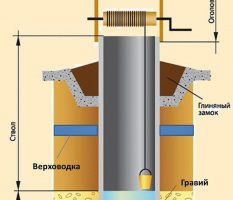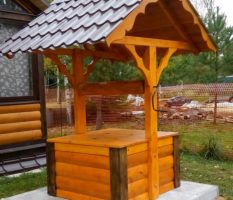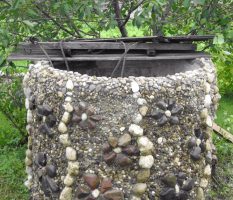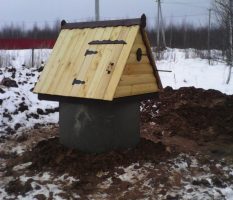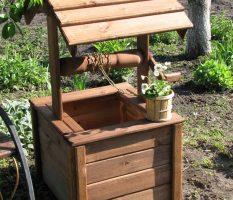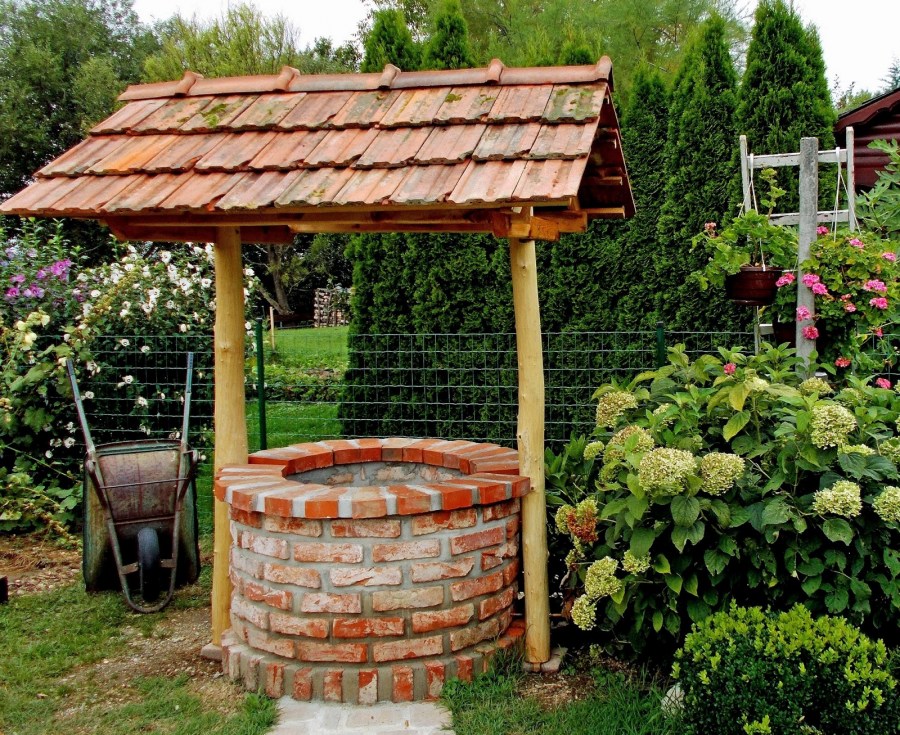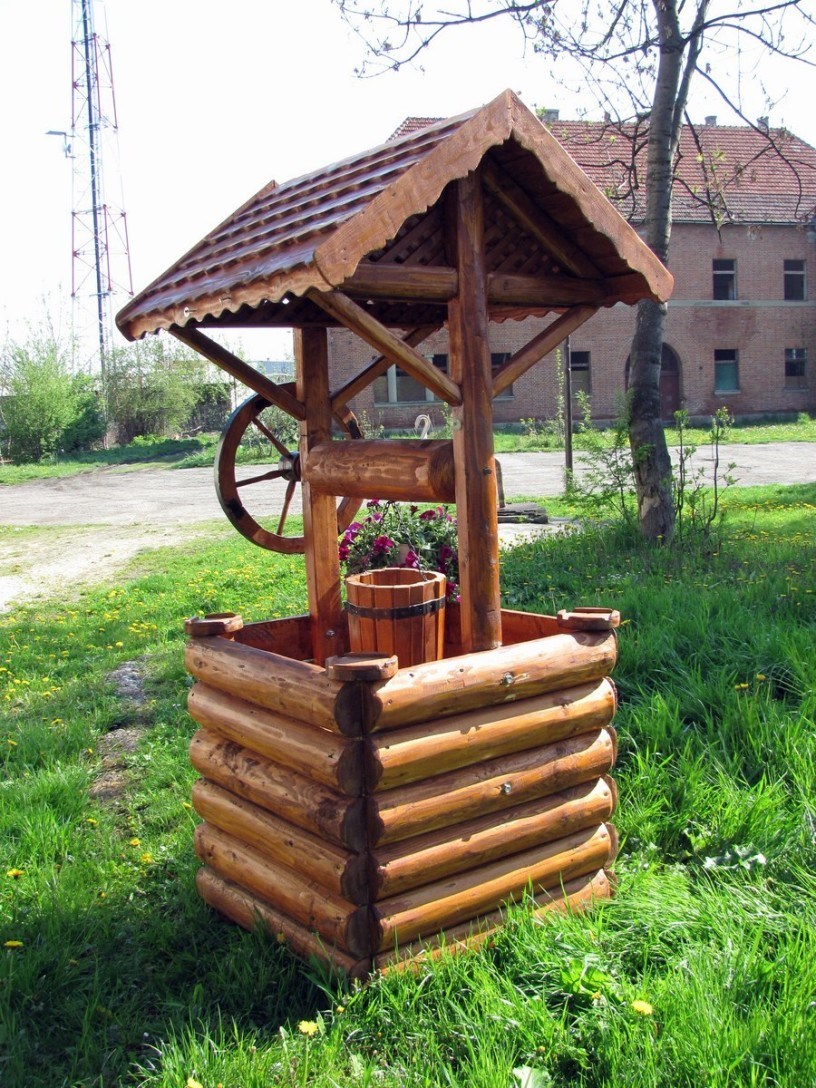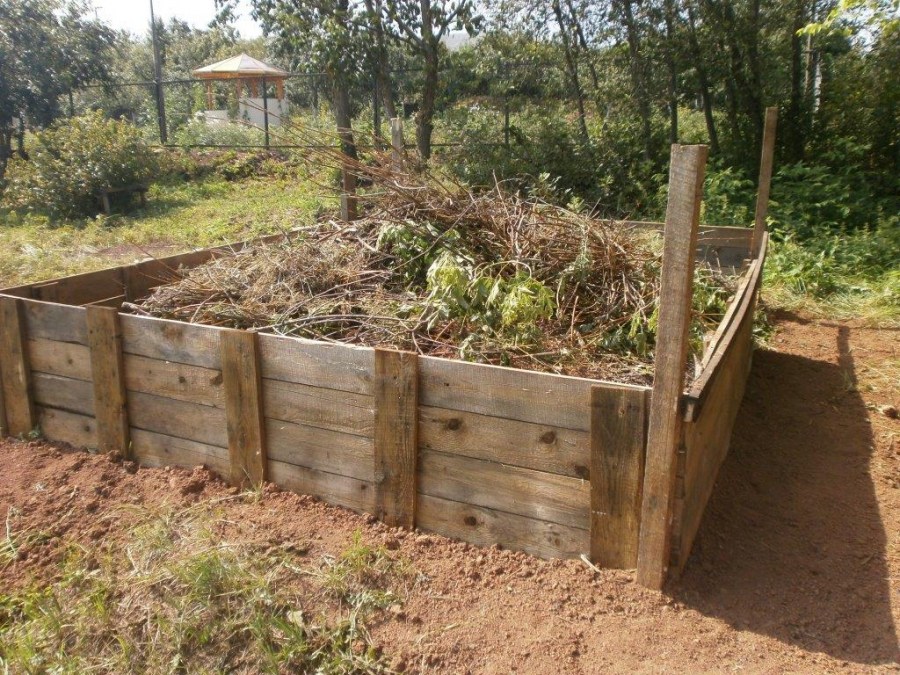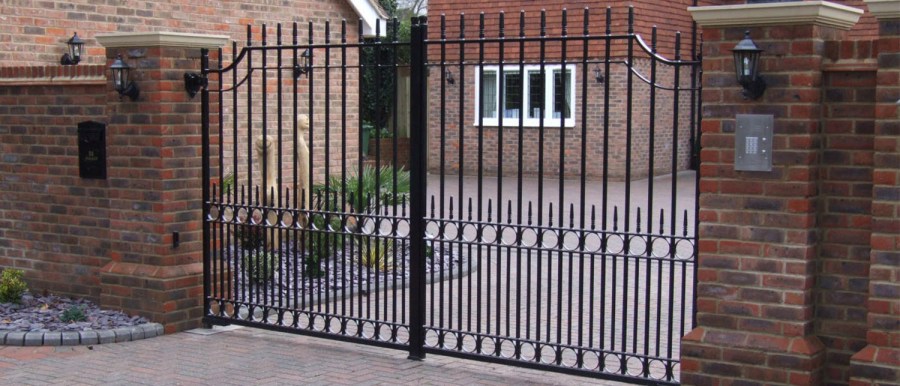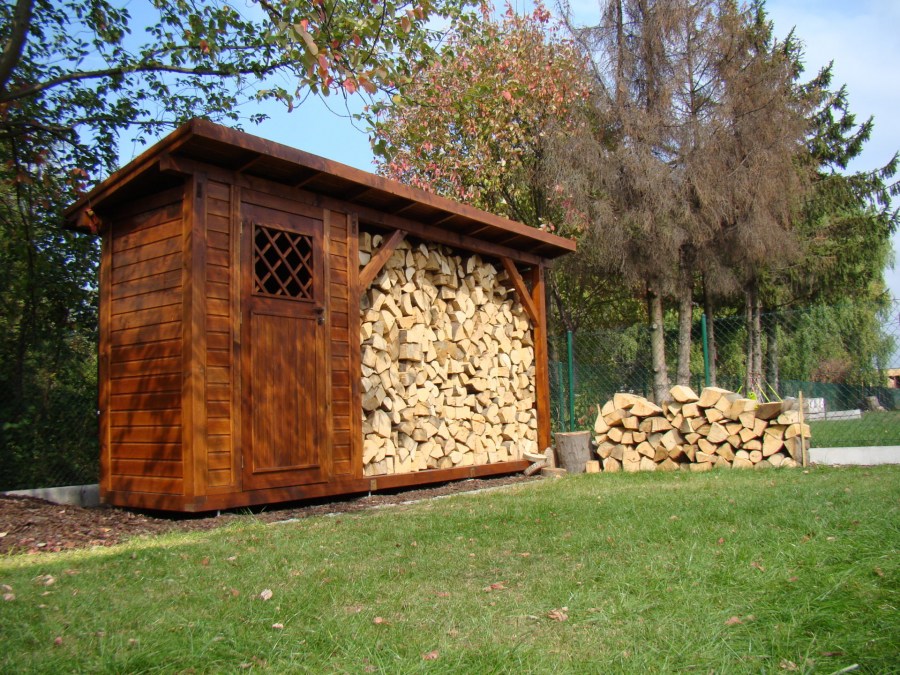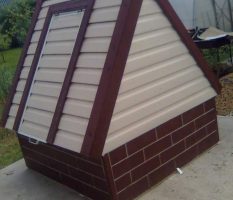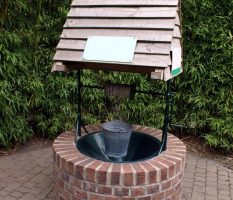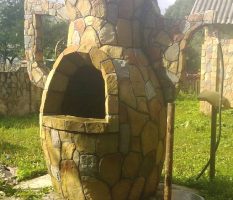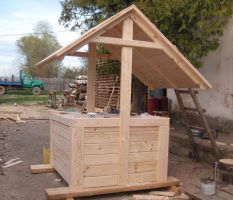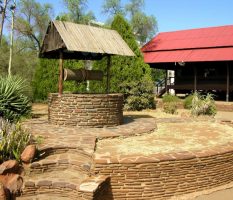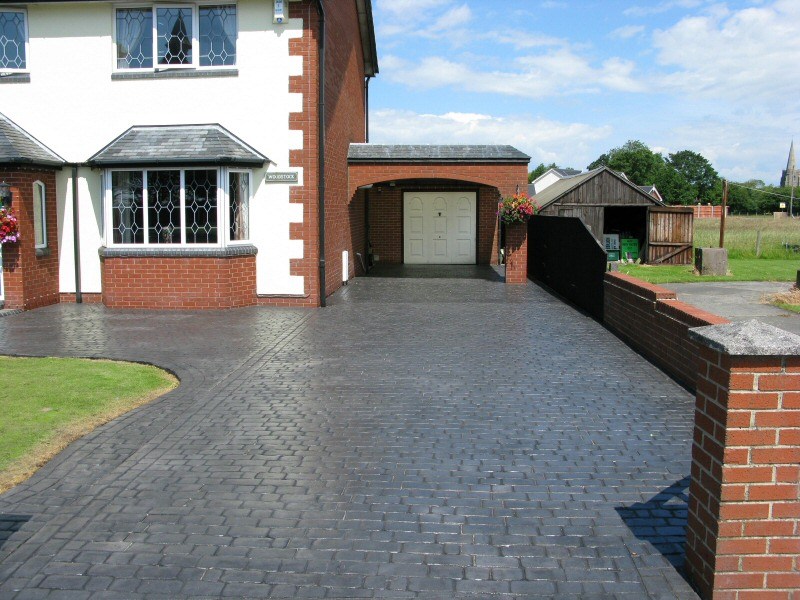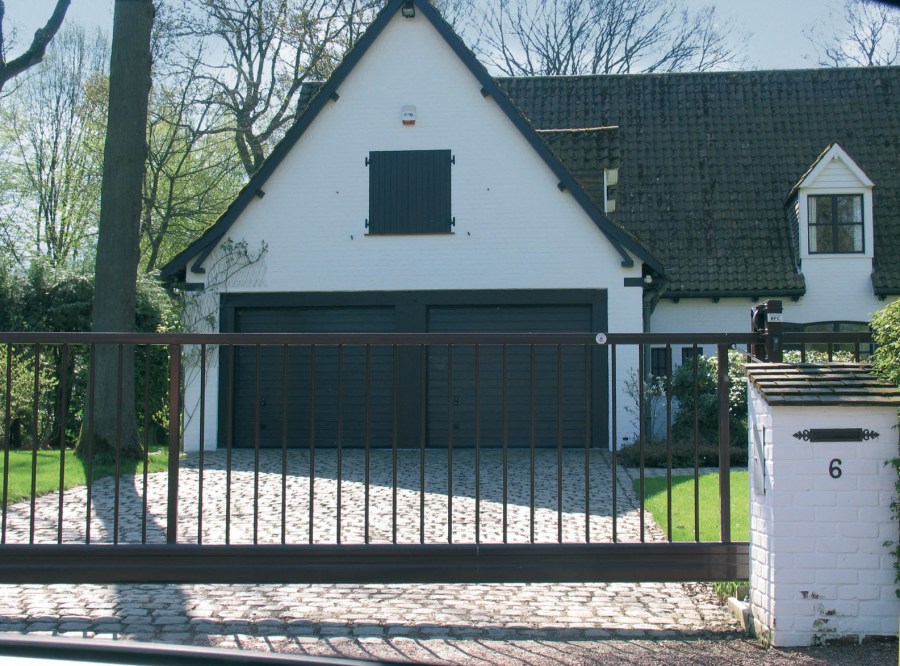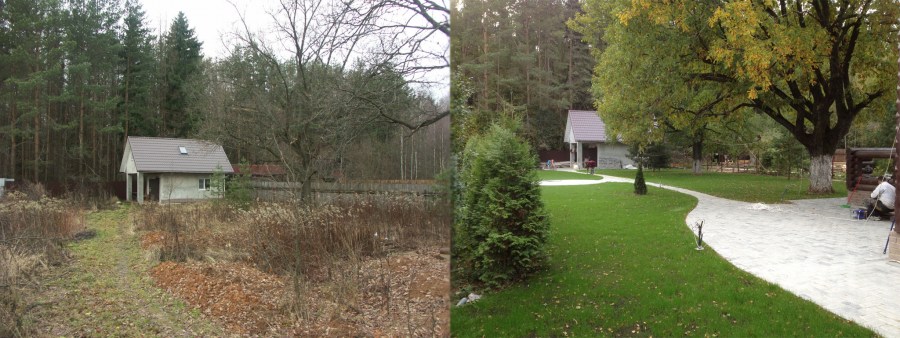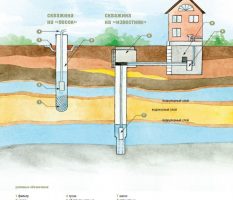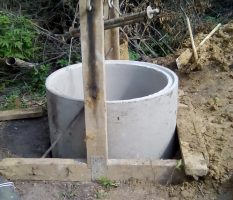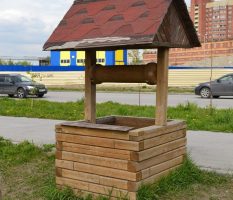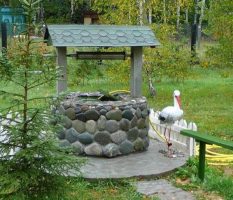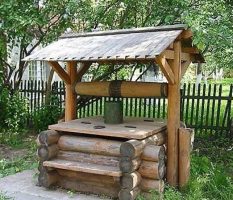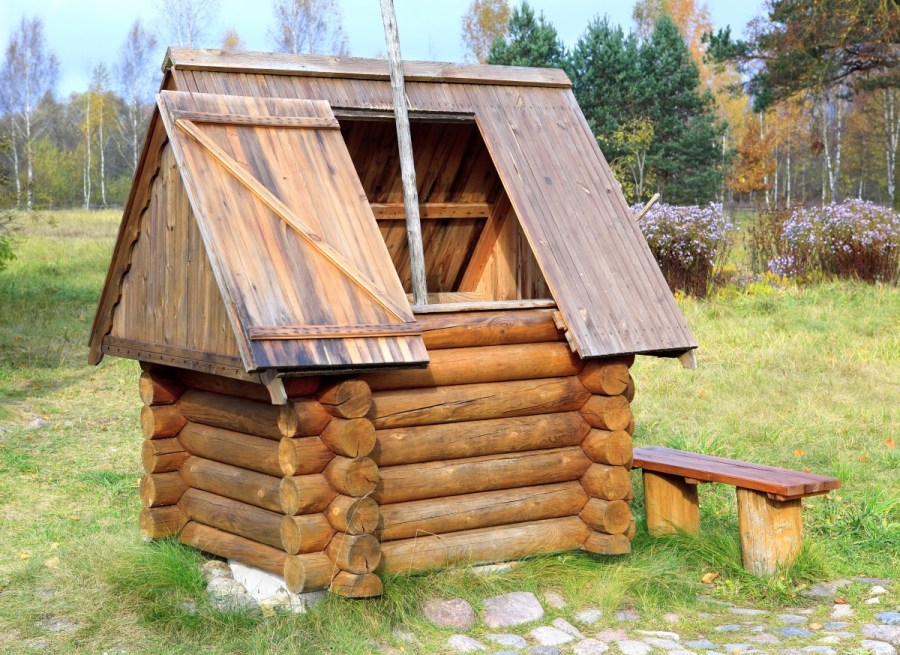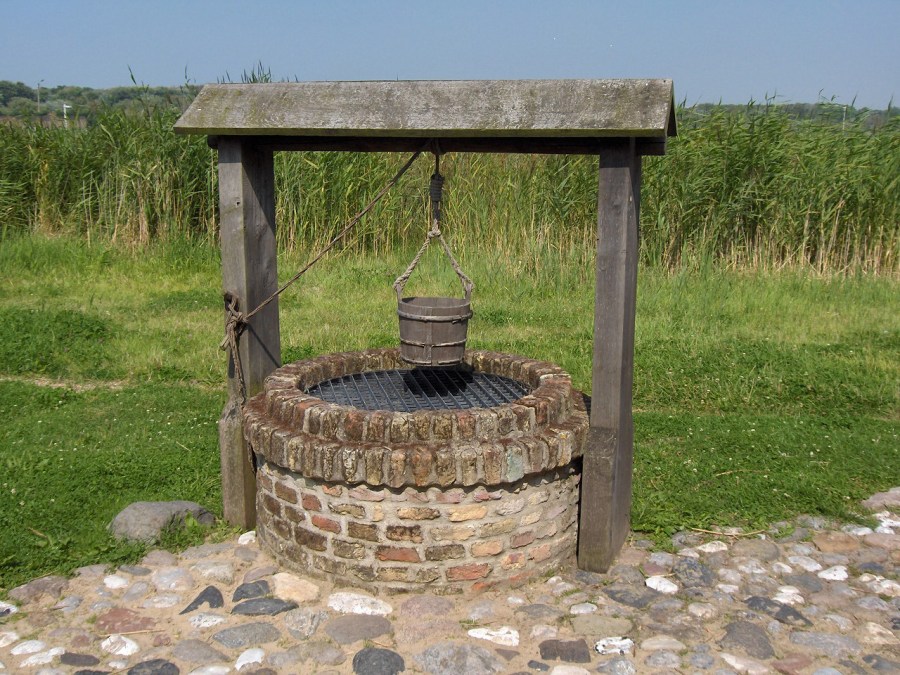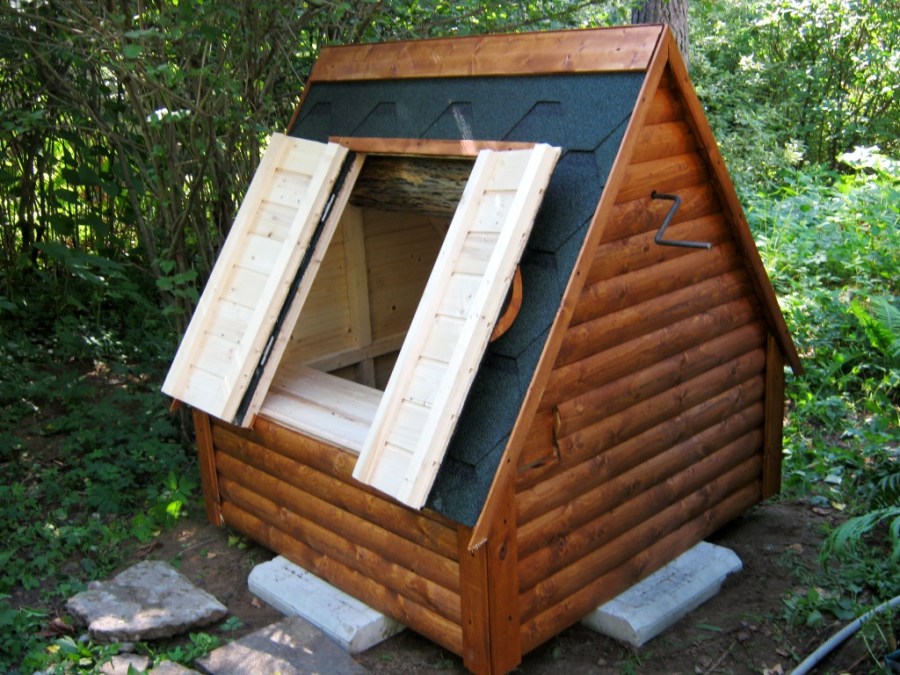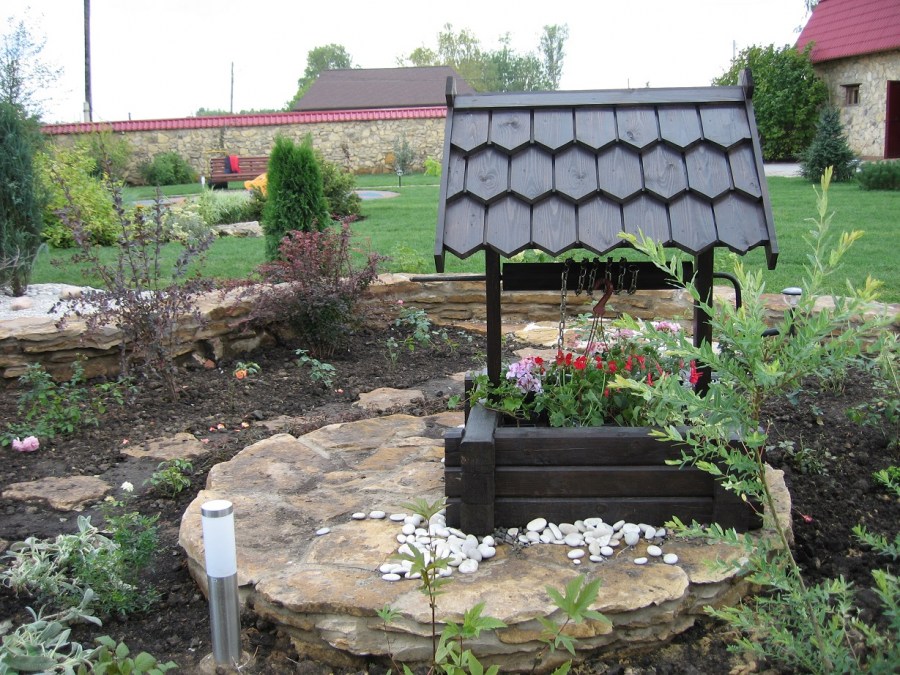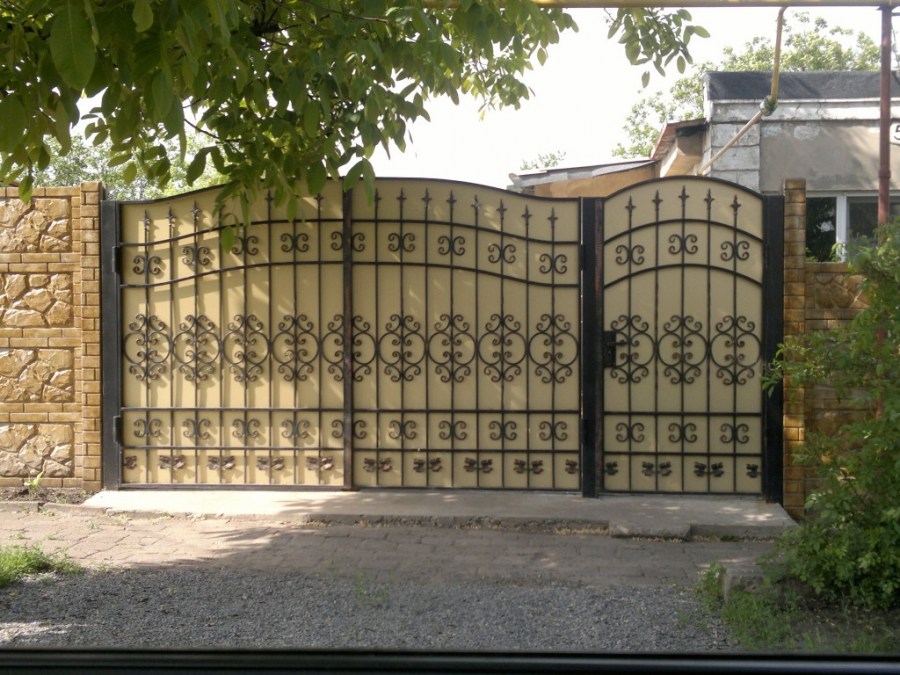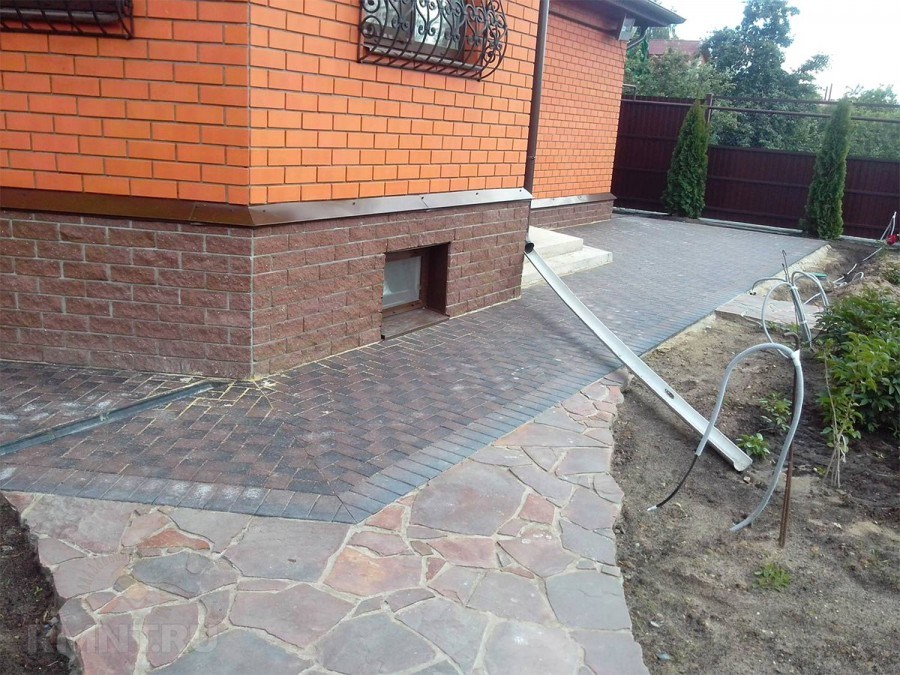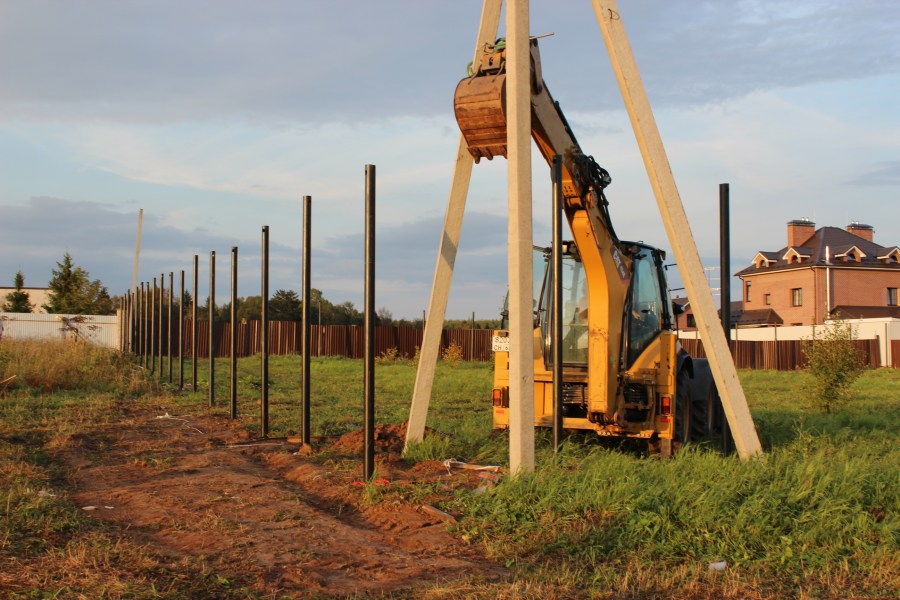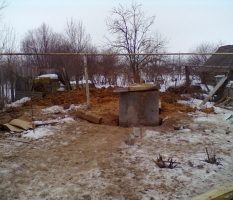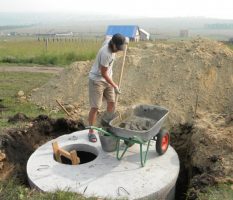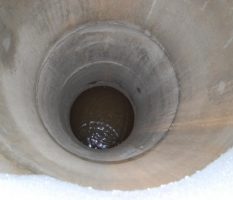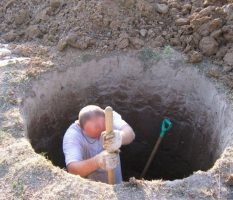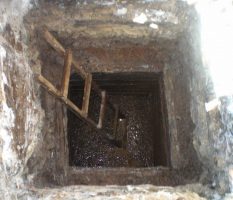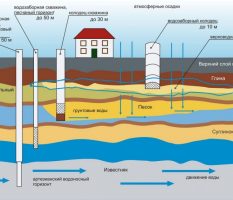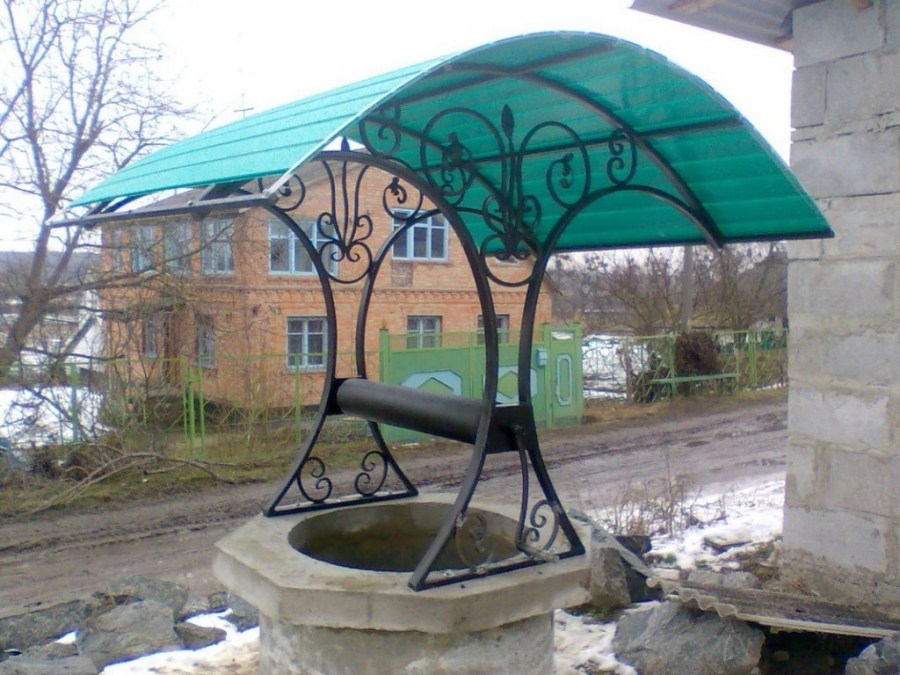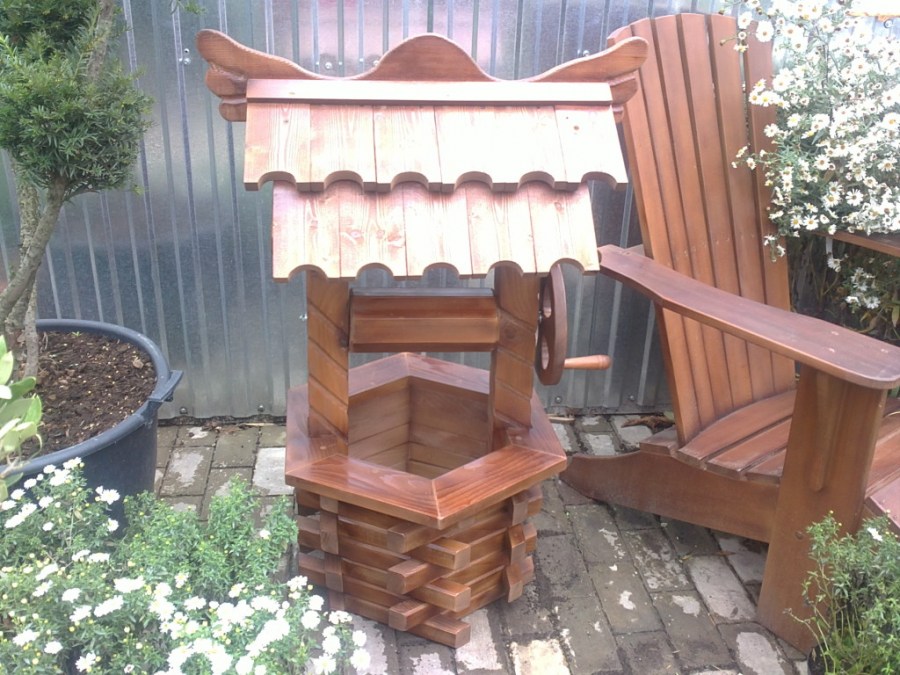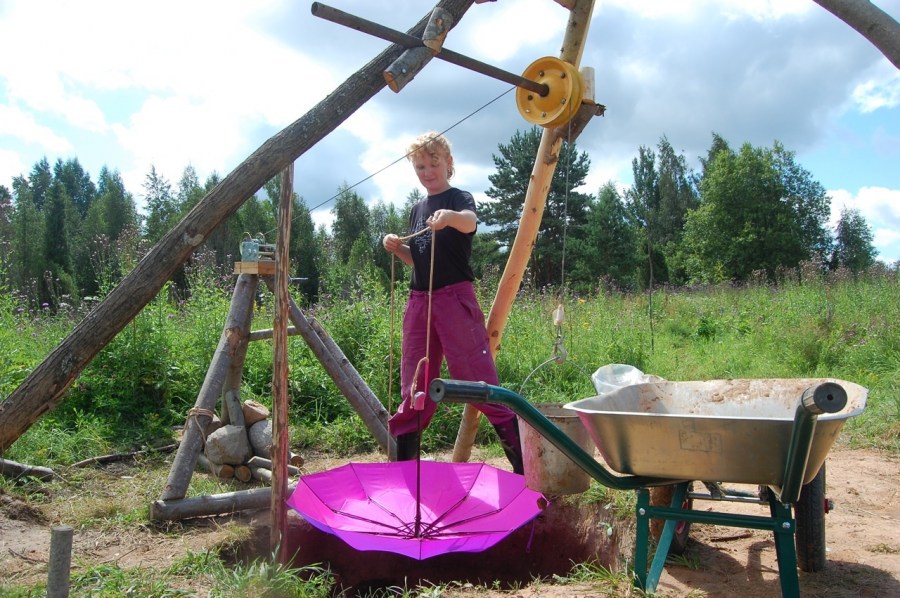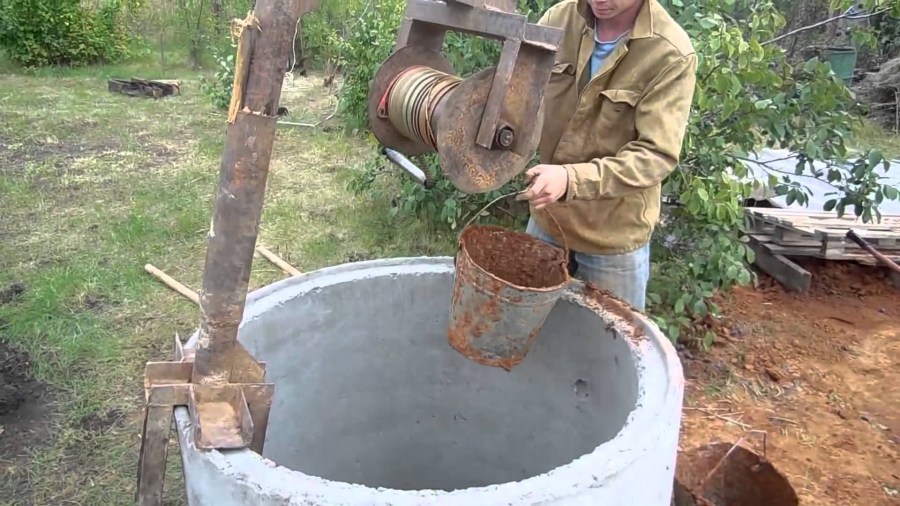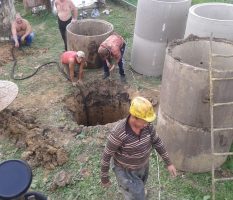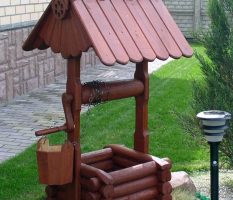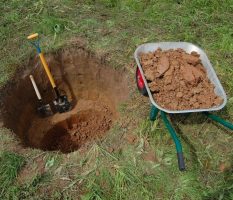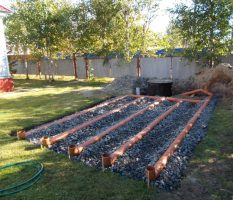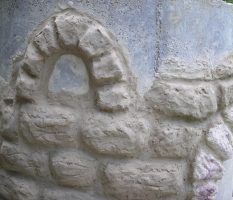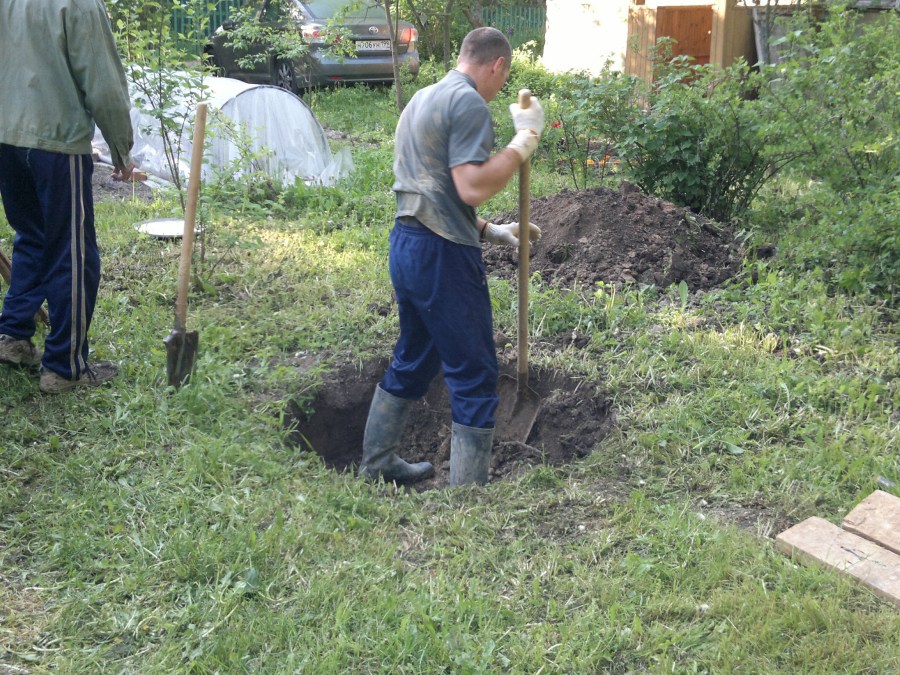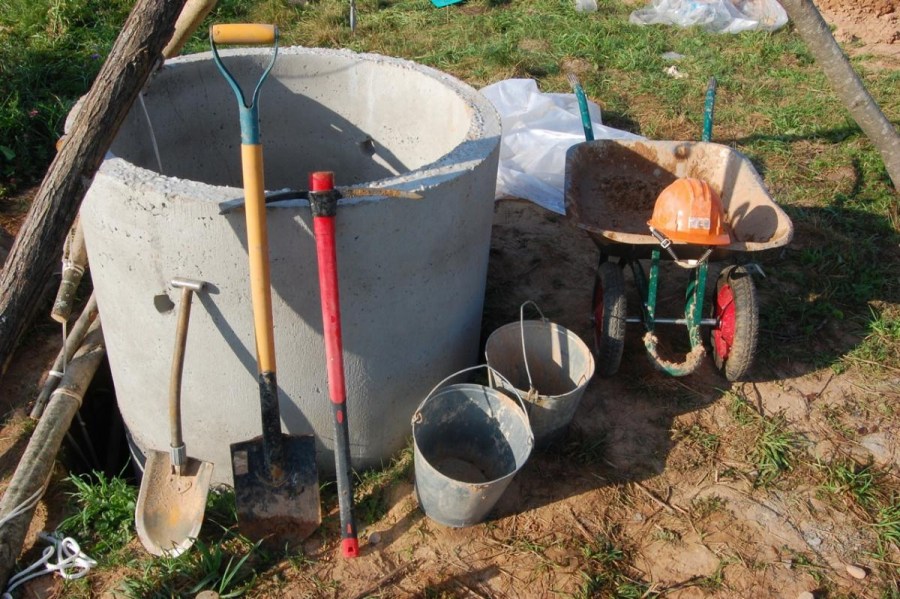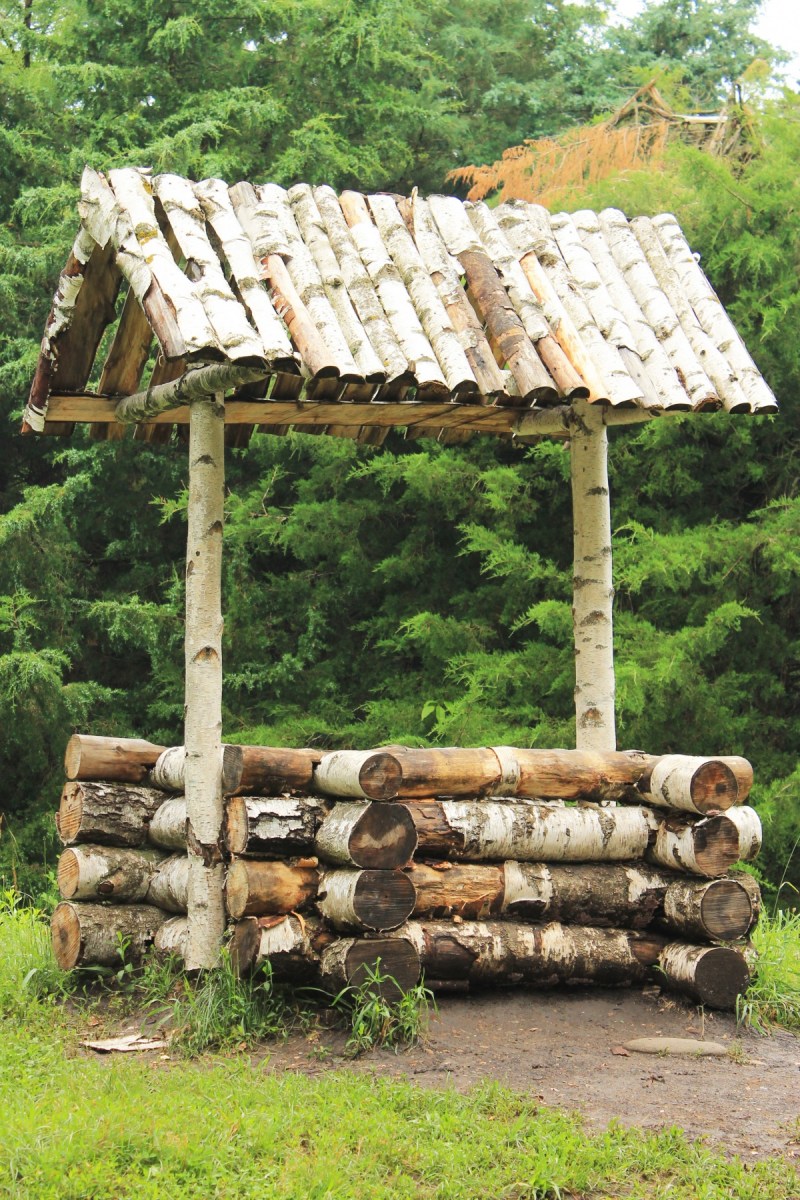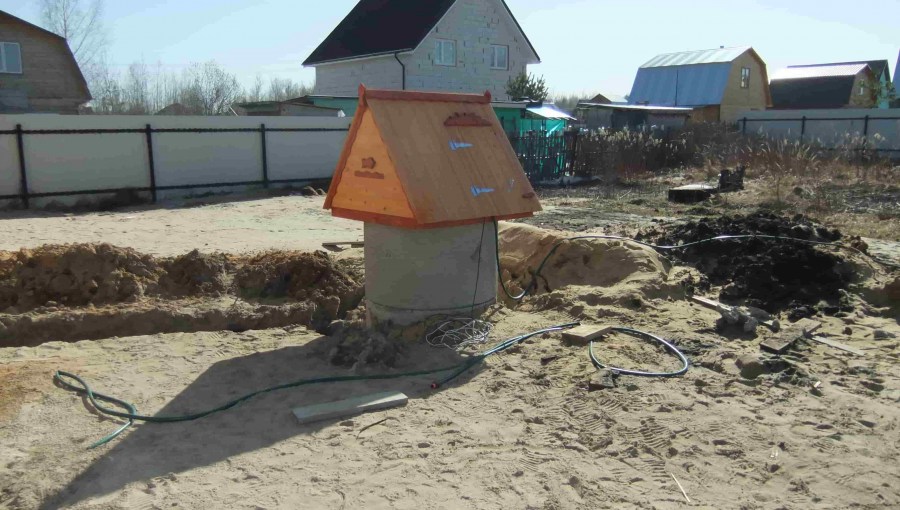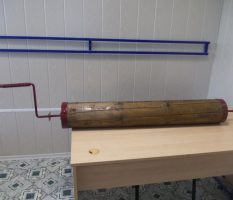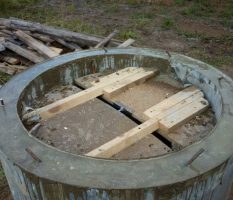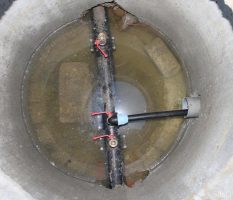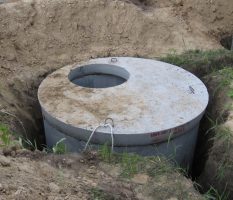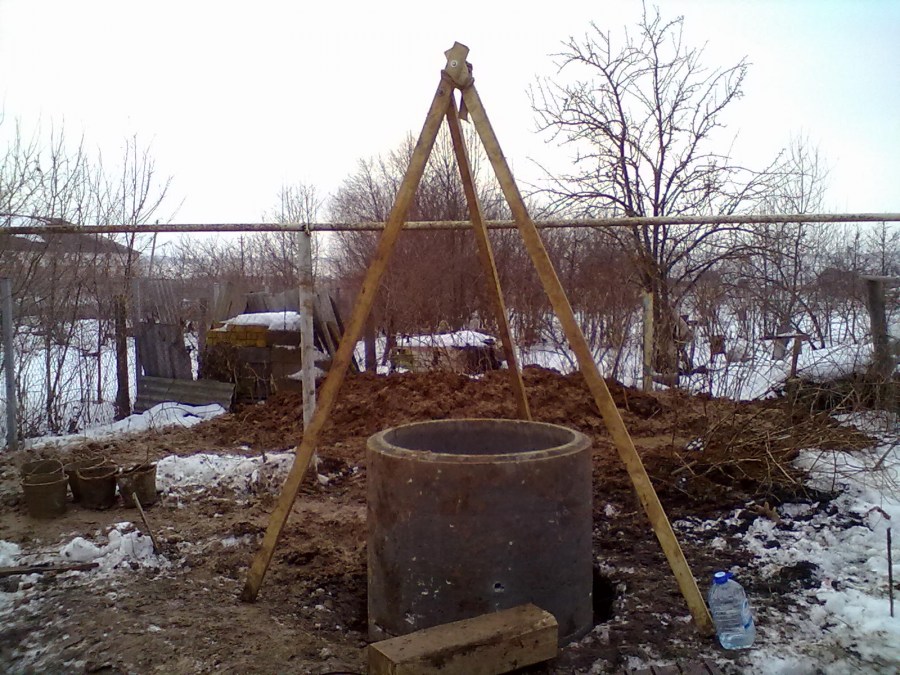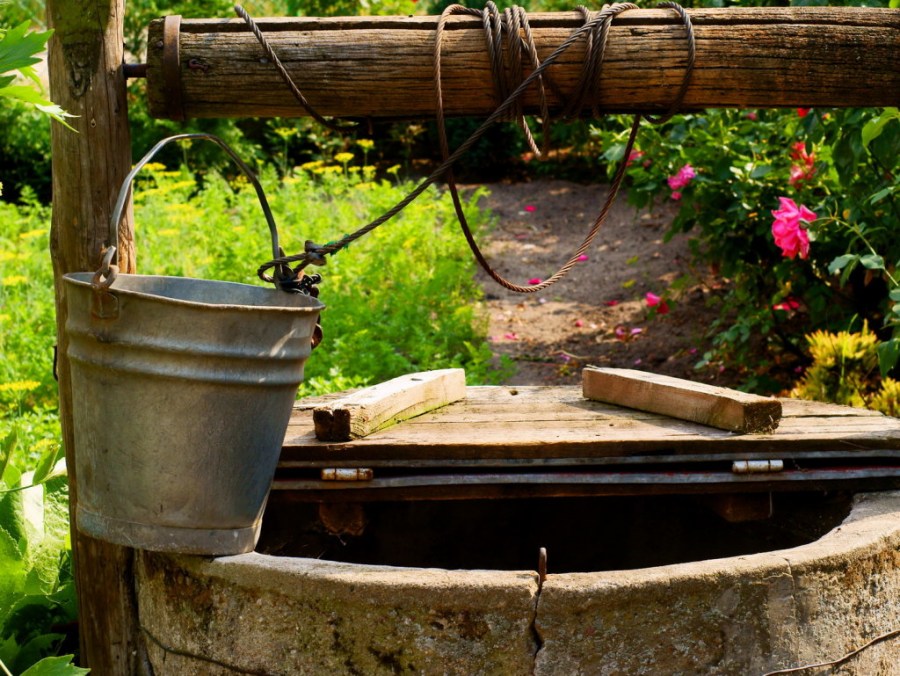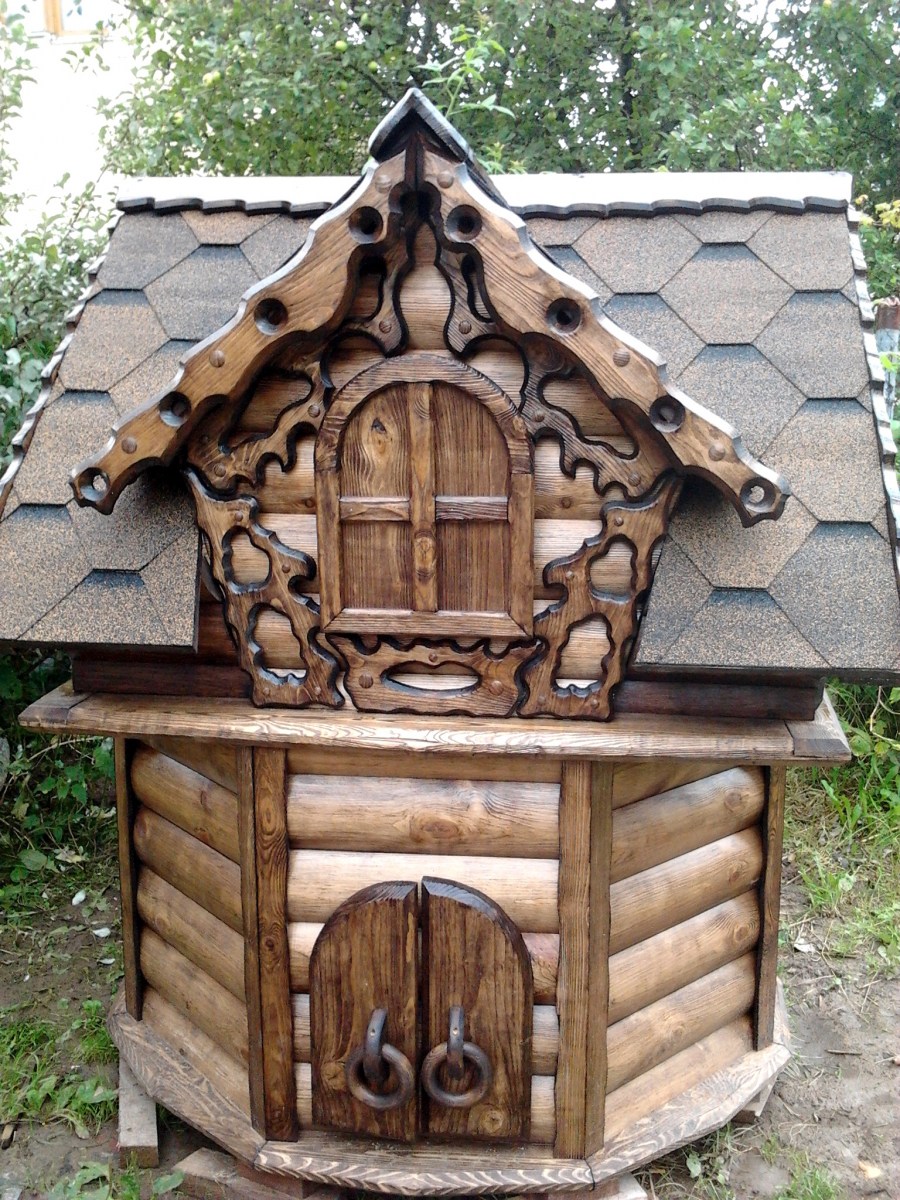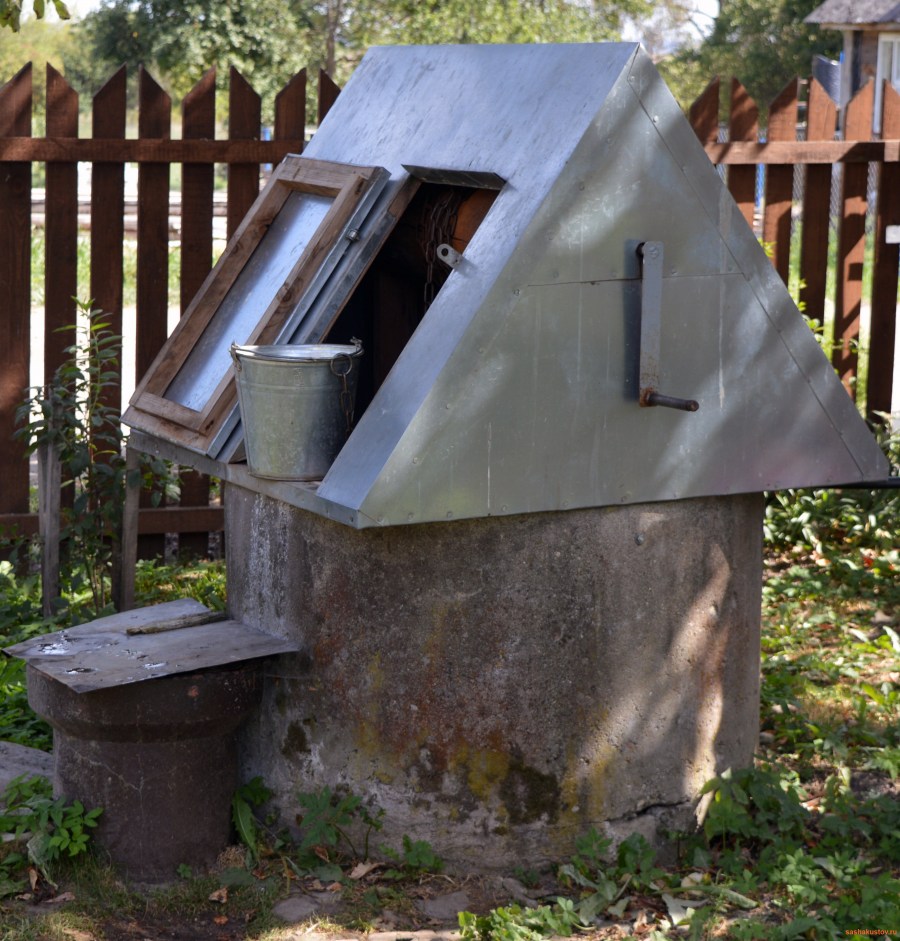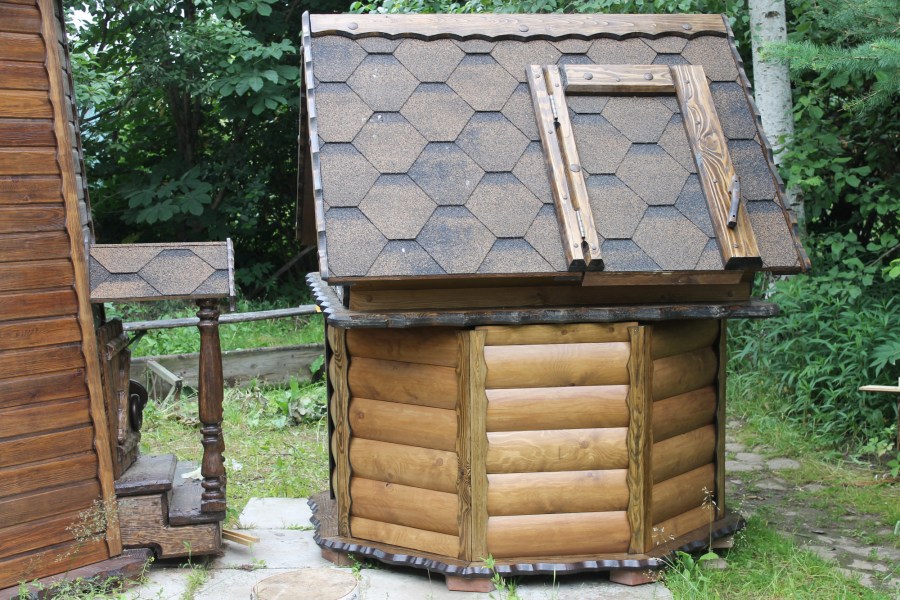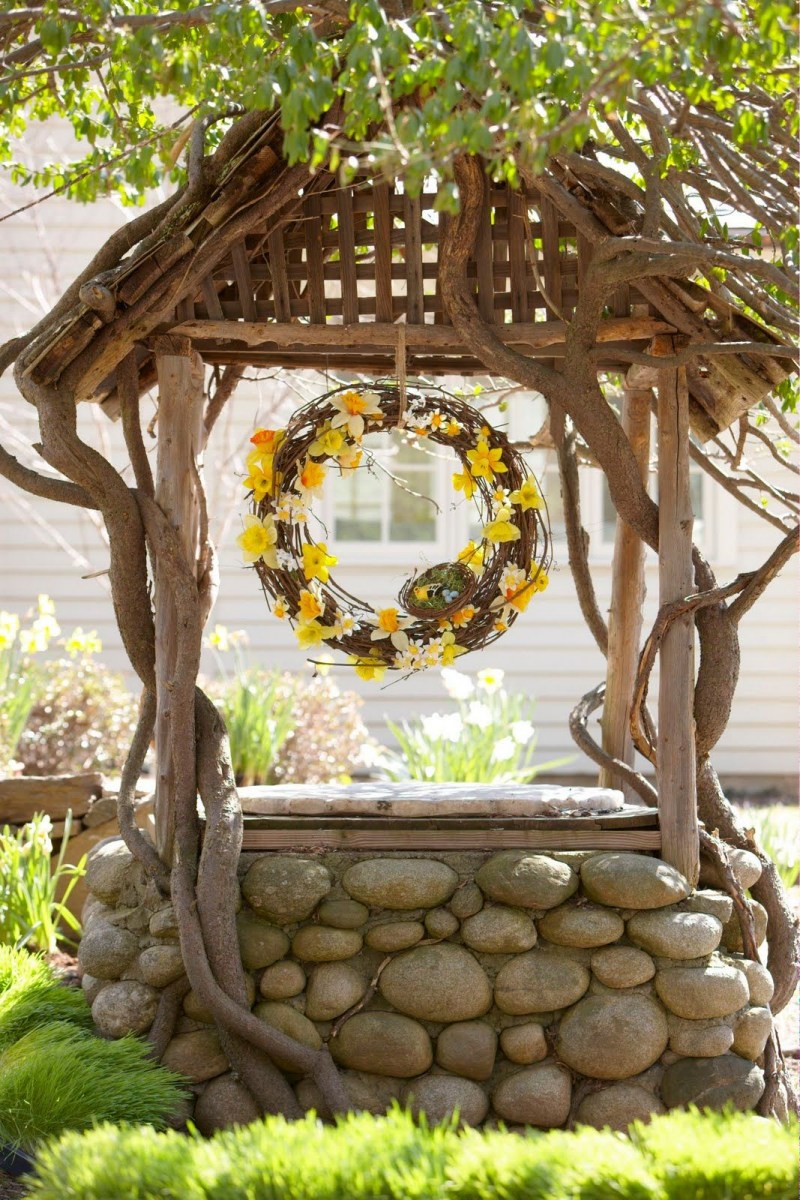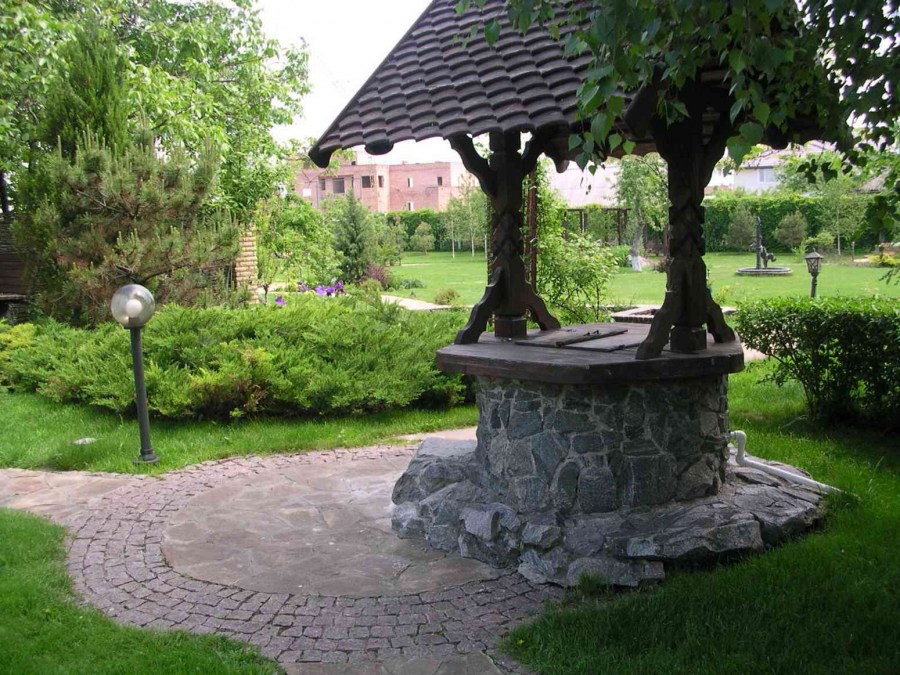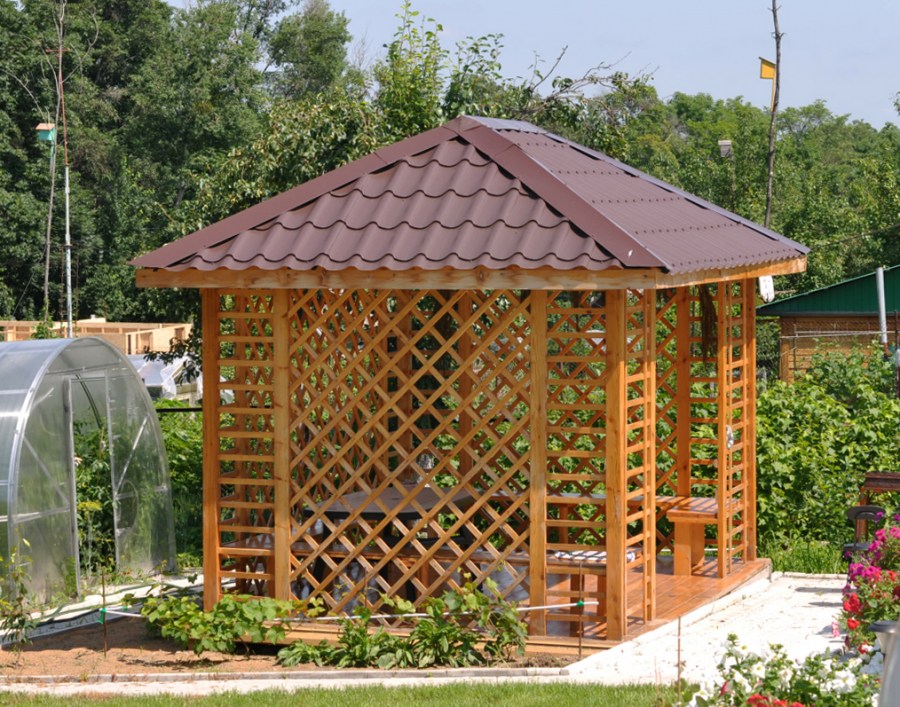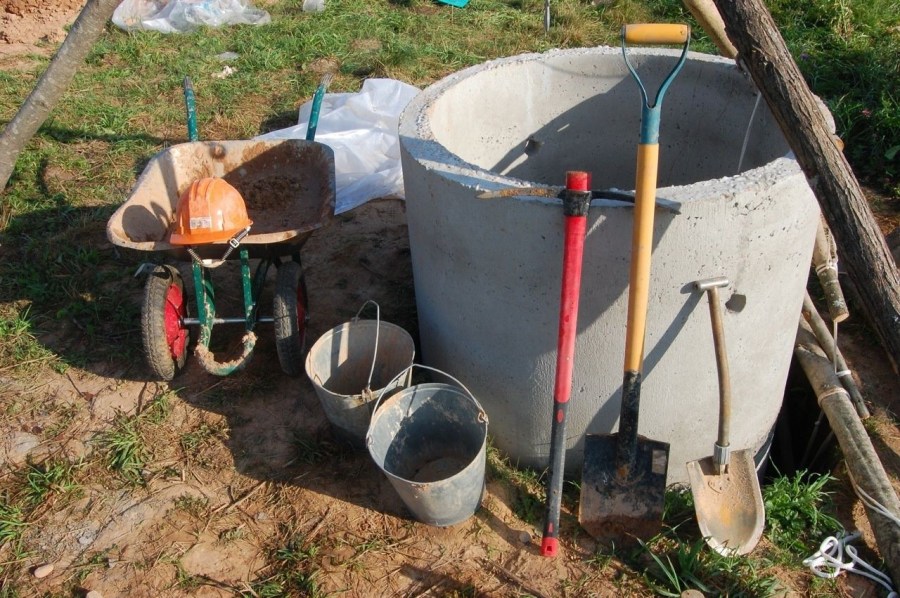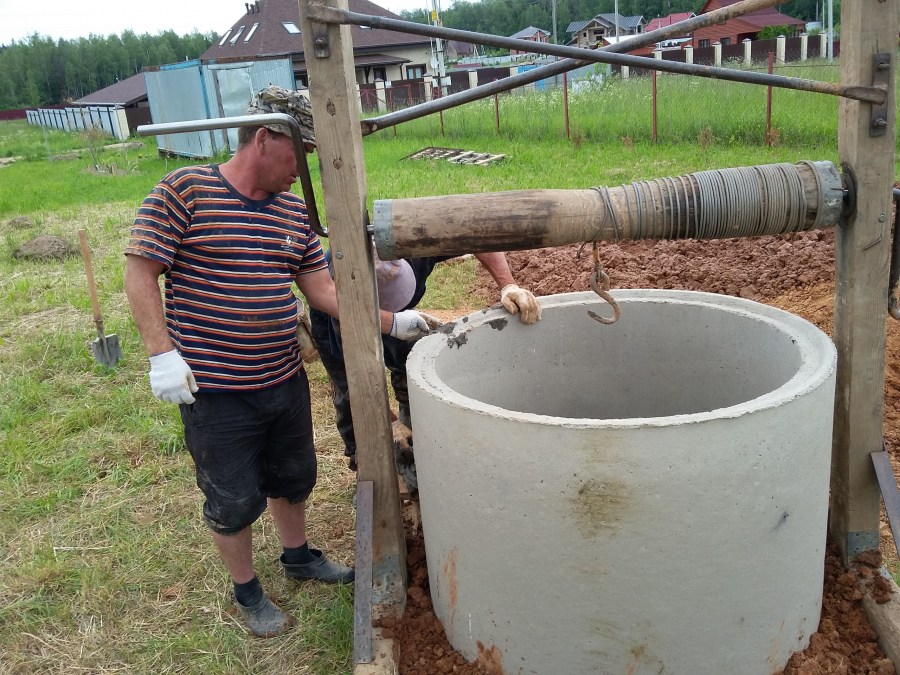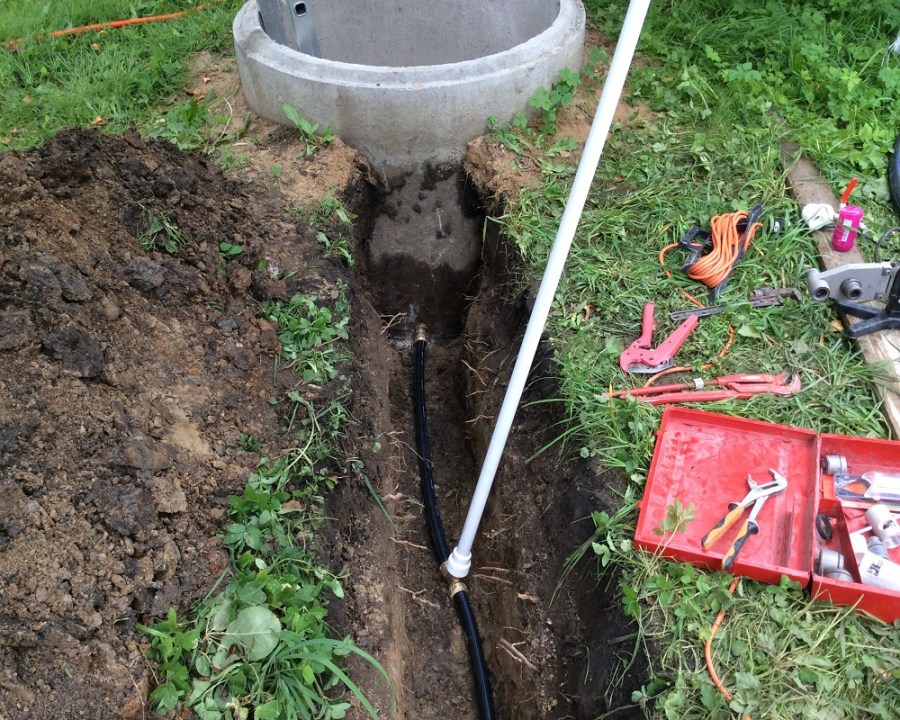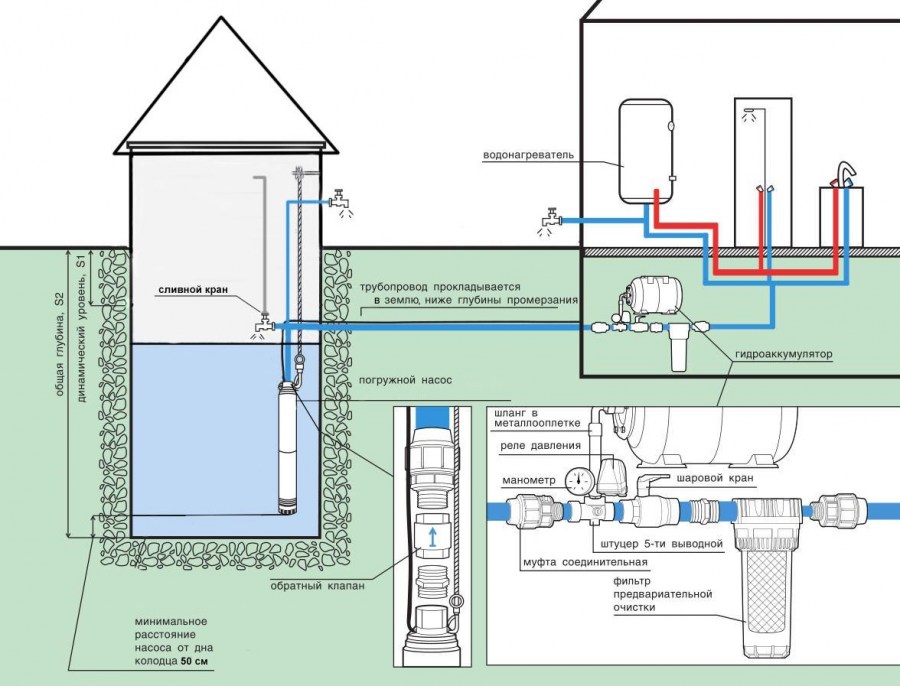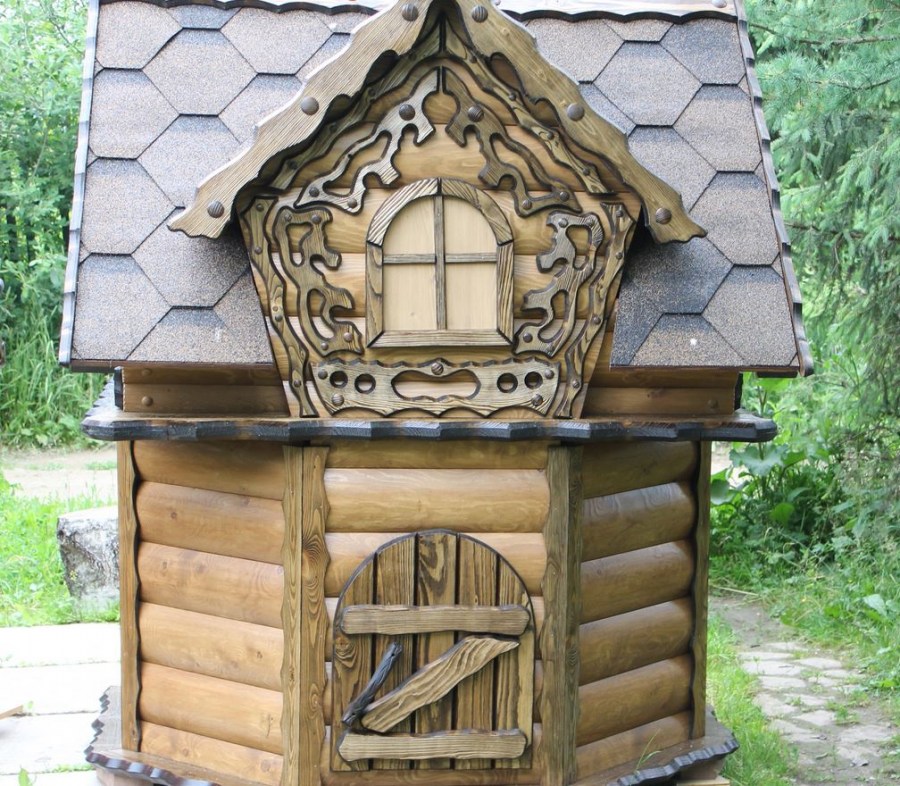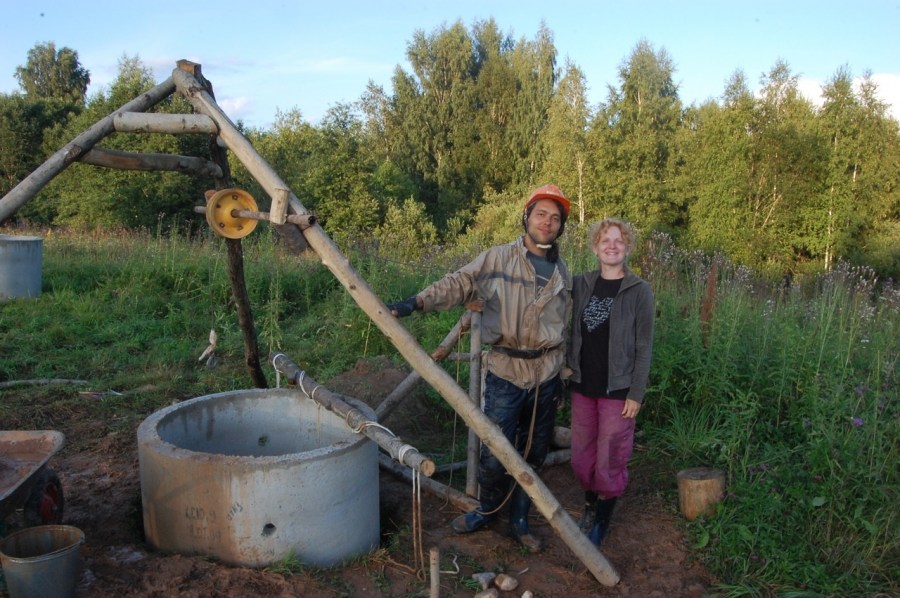How to make a well - instructions on how to build with your own hands on the site (100 photos)
Not all owners of summer cottages can boast of a centralized water supply. There are houses where it has not yet been carried out. And some summer residents seek to provide themselves with the most comfortable accommodation in a country house. Therefore, they equip additional, alternative sources of water supply.
In such cases, there is a need to determine how to build a well as quickly and economically as possible.
Where and when you can dig a well
If you have sufficient financial resources, then it is possible to drill a well at the site using specialized teams. But it is quite expensive - not everyone can afford such a pleasure. Therefore, there remains another option - to dig a well with your own hands.
Aquifer Features
In preparation for the construction of a water source, it is necessary to determine its presence and basic soil properties. It is important to consider that there are 3 main types of groundwater:
Verkhovodka - lies at a depth of 1-2 m, but it is not suitable for use without complex preliminary cleaning. Avoid getting such water into the well.
Soil - most suitable for drinking and household needs.
Artesian - have the highest parameters for safety, nutritional properties, chemical composition. They lie deep enough, are not subject to pollution.
How to find the right place
Determining the site for digging, you should study the surrounding area. You can find out from neighbors who have already carried out this kind of work. Naturally, if wells have already been installed near your site, then it is highly likely to find suitable water on your land.
It should be remembered that the greatest degree of water availability are clay and sandstone.
With full reliability, you can only confirm the presence of water by drilling. But this method is expensive. Therefore, they use indirect methods. The well in the country can be put where:
- on the ground there is a large accumulation of moss, and in the air there are a lot of midges and mosquitoes;
- concentrated green spaces even during a drought;
- basement flooding;
- fogs are frequent when there are no ponds near.
Biolocation will also help you. To do this, take two brass rods. The length should be about 500 mm and the diameter should be 2-3 mm. They are bent at an angle of 90 degrees, but so that one end is equal to 100 mm. With these sticks in their hands they walk around the site. If there is an aquifer, they intersect.
Location Requirements
Sanitary requirements must also be considered. After all, water should be useful and safe. The object is recommended to be built:
- at a distance of not less than 30 m from the places of occurrence of economic pollution falling directly into the ground;
- in the absence of a sewerage without a bottom;
- on a more elevated site to prevent the discharge of discharges from neighbors;
- in accessibility to water consumers.
When to build
The most suitable period of the year for digging a structure is the end of summer or the beginning of autumn, when the groundwater level is minimal. In winter, when there is also not much water, work is much more difficult and impractical.
If you intend to drill a well with the involvement of a construction company, then this parameter is irrelevant.The presence of powerful drilling equipment allows you to work at any time of the year.
Design features
If you decide to make a well yourself, you need to decide on the methods of work and the type of construction. All further actions will depend on this.
Types of well structures
There is an opportunity to build a tubular well. However, its arrangement requires special drilling, so this option is used for the construction of columns, which will be used by many residents of the village.
For a private house, the mine method of construction is most suitable. With this option, the trunk is manually digging with shovels. Although you can also attract specialists with special drilling rigs.
Material selection
Previously, wooden well constructions were popular. Now this option is less common in the arrangement of country houses. Although in our time you can equip a mine with a log house or lower a box from previously assembled boards into a trunk.
Currently, a more common concrete well. It is made of high strength reinforced concrete rings. Their size, as a rule, is up to 0.8 m in height with a diameter of 1 m. There are special grooves.
The rings are successively lowered into the shaft and secured. This option is characterized by the strength and durability of the operation, resistance to soil sediment and protection against leakage of the overhead.
You can buy rings for the construction from manufacturers. But there is also the possibility of self-manufacturing. To do this, use high-quality concrete, for example 400, with additives from plasticizers, as well as water repellents and stabilizers. The latter increase moisture resistance.
In the manufacture of concrete, cement, sand and gravel are used in a ratio of 1: 2: 3 or 1: 2.5: 4. In this case, the mass of water will be about 50-70% of the mass of cement.
The composition of the concrete well
Structurally, as part of a well structure, there are:
- a water intake located at the bottom of the structure and collecting and filtering the incoming water;
- the trunk, which is the underground part of the structure, restraining the ground and preventing the seepage of the overhead;
- head in the aerial part, protecting the system from contaminants from the outside and freezing in winter.
Concrete well construction
Arrangement of the stem is easier to carry out using factory-made rings. The height of each block must be selected based on the possibilities of their raising and lowering into the mine
And the diameter of the ring should be convenient for being inside a person when digging. To facilitate the work, a winch or tripod is used. Work should be carried out by 2-3 people.
Arrangement of the trunk
First you need to dig a hole corresponding to the diameter of the concrete ring. After that, the first structural element is placed in it with the help of a winch and they continue to drive out the soil from the inside until the ring is level with the ground. Then they pull the next one and put it on top of the ring that has descended into the shaft.
The worker inside the structure continues to dig out the soil and knock it out from under the installed blocks. The rings gradually lower down under their weight. The dug earth together with stones rises to the surface with buckets.
Individual elements should be placed denser, fixing them in a stationary state with metal brackets. You can see this feature in the photo of the well, which is in the process of digging.
As you approach the three-meter depth, the temperature drops to +10 degrees, and the air movement deteriorates. To ventilate the face, open an umbrella and in an open form move it up and down the shaft.
The rings are installed until the aquifer is reached. At this point, the temperature drops, and small fontanelles appear on the walls. Further digging will be quite complicated, but it must be completed as quickly as possible.
This method of work is as safe as possible. Although you can also first dig a shaft completely, and then put rings in it. But this option requires special skills and is fraught with risks of rock collapse.
Water intake and filter
When the aquifer has become available, it is necessary to clean the bottom and build a bottom filter. Indeed, at this moment, opaque water begins to accumulate below. It needs to be pumped out, dig out another 15 cm, flatten the bottom and clean it of dirt by lifting it up.
River sand is poured into the bottom. The thickness of the backfill should be 25 cm. On top of a 20 cm layer, gravel or medium-sized gravel is placed, and then another 20 cm of large gravel.
It is recommended that gravel and gravel be pre-washed with a solution of bleach. It often happens that the aquifer is very liquid, water flows quickly, and the bottom begins to swim. Then it is necessary to lay boards with slots at the bottom, thus constructing the flooring. On top of it, and it will be necessary to lay all the layers of the filter.
Waterproofing works
So, you have successfully equipped the wellbore, built a filter. Now you need to protect the inside. To do this, waterproofing is carried out using a mixture of PVA glue + cement. Such a solution is mixed well, forming a homogeneous mass. The work can be carried out in two stages:
- the liquid mass is applied with a brush to all seams;
- then a spatula is sealed with a thicker solution.
You can also purchase ready-made waterproofing material that does not contain bitumen.
It is important to protect the outside of the well structure. After all, melt or rain water through the soil can get inside. Therefore, along the outer edge of the rings located at the top of the well, they make a trench 0.5-0.7 m wide.
Then they build a clay castle, stuffing a trench with this material. At the ground level, a slope is formed in the direction from the well to drain sedimentary water. The site is preferably concreted. The upper rings can also be wrapped with foil.
Before use, water must be pumped out. Do this for 2-3 weeks, after which the water is given for laboratory tests.
Head construction
The outside must also be finished accordingly. Concrete rings must be lined with stone, plastered or covered with wood. A well-constructed lid for a well will help protect it from contamination. A lock is mounted on it. In this case, it is necessary to install a gate for wrapping the chain at least 200 mm in diameter.
When mounting the handle in the axis gate, put 2 washers from the handle and 1 piece in the opposite part. So you extend the life of the elements of the lifting mechanism.
The aboveground part of the well can be formed not only in the form of a house, but also by installing a well crane. Often they leave an open house with decoration and decoration.
You can make a decorative well for designing the landscape of a personal plot. It will decorate the courtyard, as well as cover some infrastructure elements, such as sewer manholes.In the log house of such a well, you can successfully plant beautiful plants.
To dig a well with your own hands is not a very difficult task. Any person can cope with it, if you follow the safety precautions and the proposed instructions. As a result, your house will be provided with clean drinking water year-round or during the period of breakdowns of centralized water supply.
Photo of modern wells
Perennial flower beds - 85 photos of planting patterns and features of continuous flowering
Ceiling in a wooden house - 140 photos of the best ideas of modern design
Tree seedlings: 120 photos of the selection and planting of healthy and fertile specimens
Trees near the house: a review of species and root systems (100 photos)
Join the discussion:
